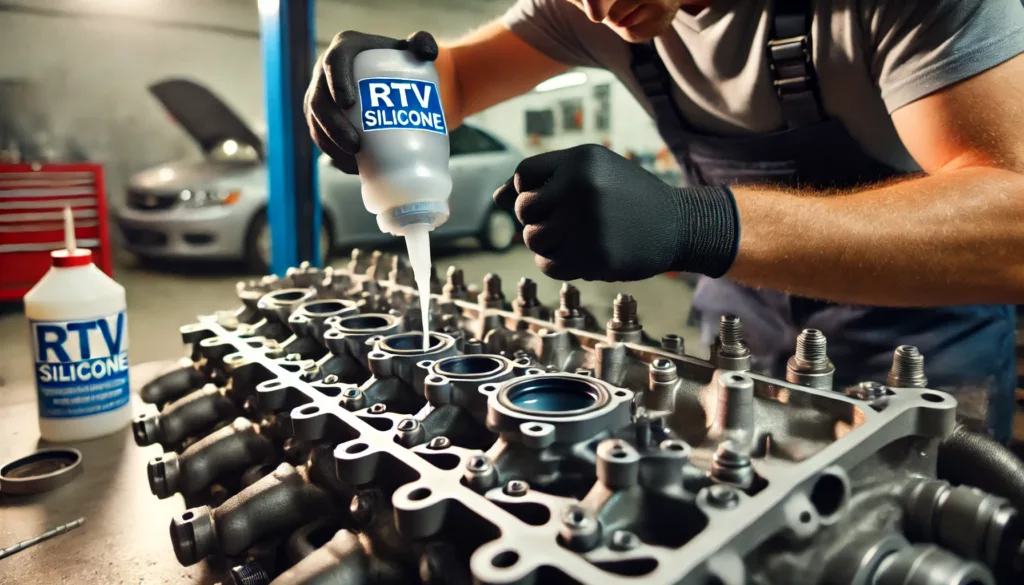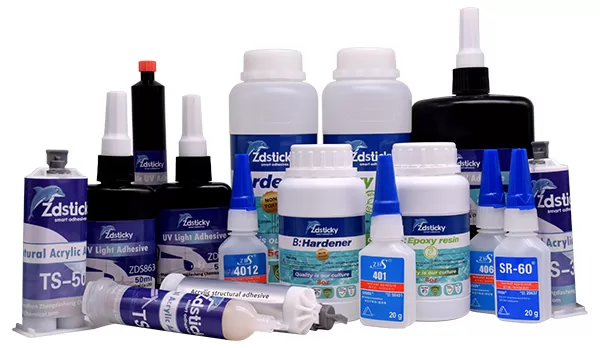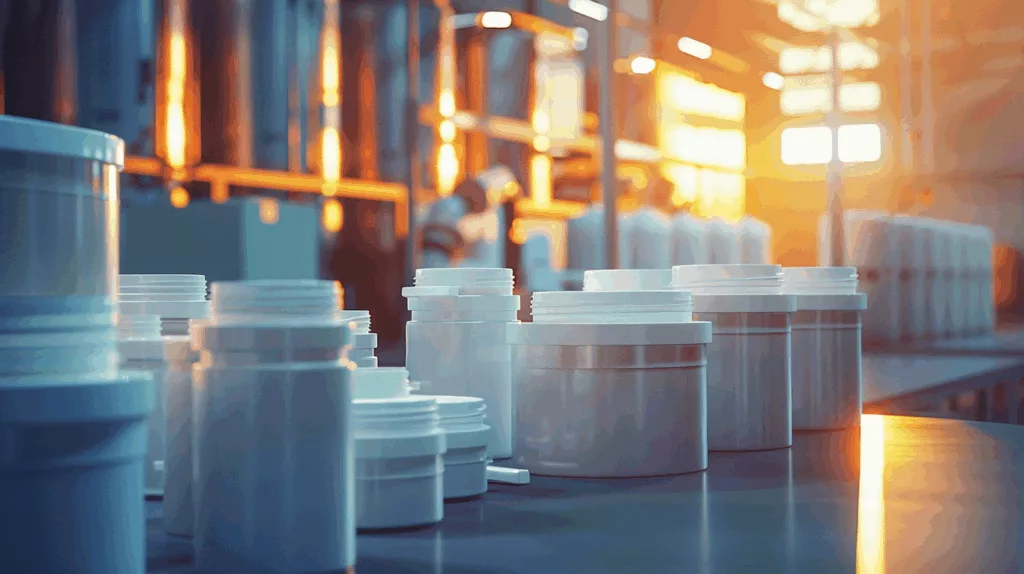Introduction
In today’s industrial landscape, the right choice of industrial sealants can significantly impact efficiency, durability, and cost-effectiveness in manufacturing. Sealants are essential for bonding, sealing, and protecting various materials used in construction, automotive, aerospace, and other industrial applications. Understanding industry-specific keywords, particularly in relation to manufacturing sealants, allows businesses to enhance their visibility, attract potential customers, and optimize their production processes.
This article explores the key aspects of industrial sealants, including their applications, benefits, and types, while incorporating essential industry-specific keywords for enhanced discoverability.

Understanding Industrial Sealants
What Are Industrial Sealants?
Industrial sealants are specialized materials designed to fill gaps, create airtight seals, and provide long-lasting adhesion between different surfaces. These sealants serve various functions, such as waterproofing, weatherproofing, vibration damping, and chemical resistance.
Industrial Sealants vs. Adhesives
While industrial sealants and adhesives are often used interchangeably, they serve different purposes. Adhesives primarily focus on bonding two surfaces together, while sealants provide flexibility and protection against environmental elements such as moisture, heat, and chemicals. Many industrial sealants and adhesives are formulated to complement each other for optimal performance.
Applications of Industrial Sealants
1. Manufacturing and Assembly
In the manufacturing sealants sector, industrial sealants play a crucial role in assembling machinery, electronics, and heavy equipment. They ensure structural integrity and longevity by sealing joints and preventing component degradation.
2. Automotive Industry
The automotive sector extensively uses industrial sealants to enhance vehicle safety and durability. Sealants are applied to windshields, body panels, and engine components to prevent water ingress, reduce noise, and improve aerodynamics.
3. Construction and Infrastructure
For buildings and infrastructure, industrial silicone sealant is widely used due to its excellent weather resistance and flexibility. It is applied in glazing, curtain walls, and structural joints to maintain the integrity of structures over time.
4. Aerospace and Marine Applications
Industries like aerospace and marine require high-performance industrial sealants that can withstand extreme temperatures, pressure fluctuations, and exposure to harsh chemicals. These sealants contribute to the safety and efficiency of aircraft, ships, and submarines.
Types of Industrial Sealants
1. Silicone Sealants
One of the most versatile and widely used types, industrial silicone sealant, offers exceptional flexibility, high-temperature resistance, and strong adhesion properties. It is commonly used in automotive, construction, and electronics applications.
2. Polyurethane Sealants
Polyurethane-based industrial sealants provide excellent durability and flexibility, making them suitable for heavy-duty applications such as bridge joints, flooring, and marine structures.
3. Acrylic Sealants
These are preferred for interior applications due to their easy application and paintability. Acrylic manufacturing sealants are used for filling gaps and sealing around doors and windows.
4. Epoxy Sealants
Known for their superior strength and chemical resistance, epoxy industrial sealants and adhesives are used in aerospace, automotive, and industrial assembly applications.
Benefits of Using Industrial Sealants
1. Enhanced Durability
Industrial sealants improve the longevity of materials by preventing corrosion, reducing wear and tear, and resisting extreme environmental conditions.
2. Increased Efficiency
Using manufacturing sealants streamlines production processes by enabling faster assembly, reducing downtime, and ensuring high precision in manufacturing.
3. Cost-Effectiveness
Industrial sealants help reduce maintenance costs by preventing leaks, structural damage, and deterioration, leading to long-term savings.
4. Improved Safety
By sealing gaps and preventing the ingress of water, dust, and chemicals, industrial sealants and adhesives contribute to workplace safety and product reliability.
Choosing the Right Industrial Sealant
When selecting an industrial sealant, several factors must be considered:
- Application Requirements: Determine the specific needs, such as temperature resistance, flexibility, or adhesion strength.
- Material Compatibility: Ensure the sealant is suitable for the substrates being bonded or sealed.
- Environmental Conditions: Consider exposure to moisture, UV rays, chemicals, and temperature variations.
- Regulatory Compliance: Choose products that meet industry standards and safety regulations.
Future Trends in Industrial Sealants
1. Eco-Friendly Formulations
With increasing environmental awareness, manufacturers are developing industrial sealants with low VOC emissions and sustainable raw materials.
2. Smart Sealants
Advancements in nanotechnology and materials science are leading to self-healing industrial sealants, which can repair small cracks and extend the lifespan of sealed surfaces.
3. Automation in Application
The rise of automation and robotics in manufacturing is driving innovations in sealant application methods, improving precision and efficiency in production lines.
Conclusion
The world of industrial sealants is vast, with applications spanning multiple industries. Whether for manufacturing sealants, industrial sealants and adhesives, or industrial silicone sealant, choosing the right product ensures optimal performance, longevity, and efficiency. As technology advances, the sealant industry will continue to evolve, offering more sustainable, high-performance solutions for industrial applications.
For businesses looking for top-quality industrial sealants, ZDS™ offers wholesale custom solutions tailored to diverse industrial needs. Contact us today to explore our range of high-performance sealants and adhesives.









